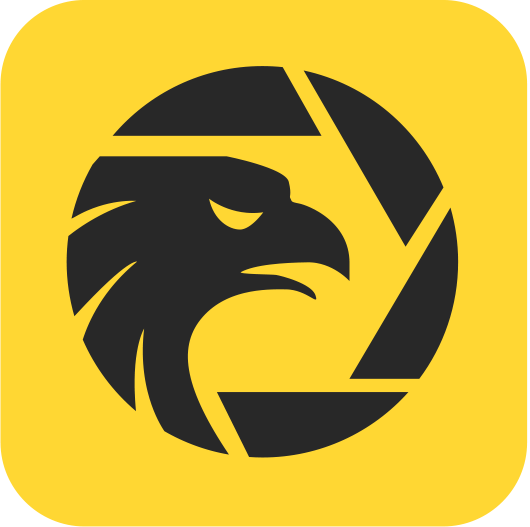
Can you outline the particular advantages of DGCX when it comes to its range of trading instruments and how its fee structure is set up?

Reflecting on my own experience as a trader, I approach DGCX with a great deal of caution, but I can outline some particular features it brings. The main advantage I have observed is the sheer breadth of futures contracts on offer; DGCX provides access to currencies, equity-related instruments, hydrocarbons, and metals—each as exchange-traded futures. For anyone focusing on Middle East markets or seeking exposure to these particular asset classes via regulated exchange products (as opposed to retail trading platforms), that diversity is notable. However, it’s vital to recognize that DGCX is not structured like a retail forex broker. Instead, it is an institutional-level exchange targeted at professional firms, with access typically limited to members rather than individual retail traders. The trading platform, Cinnober by Nasdaq, supports robust and direct market access, yet it isn’t optimized for casual or low-volume market participants. One recurring issue for me has been DGCX’s high trading and membership fees. For example, trading a single standard gold futures contract costs $175 per side in exchange and clearing fees—substantially higher than typical retail market alternatives. Membership fees are significant as well, with broker memberships running to $75,000. While the fee schedule is relatively transparent and fixed per contract, it makes participation prohibitively expensive for many. Given DGCX's lack of recognized international regulation and high barrier to entry, I urge careful due diligence and a conservative approach before engaging with this exchange.
Domande simili
Is Groww a safe and legit platform for trading?

Can you outline the particular advantages TCS offers in terms of its available trading instruments and its fee structure?

Can you outline the primary advantages and disadvantages of trading through BP Prime?

Is PNB overseen by any financial regulators, and if so, which agencies are responsible?

What are the key benefits of using City Index?


